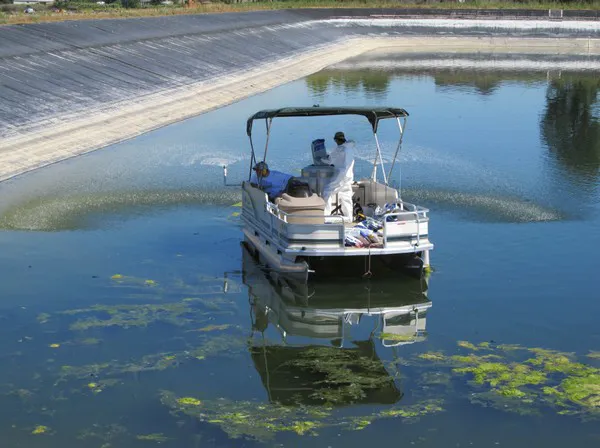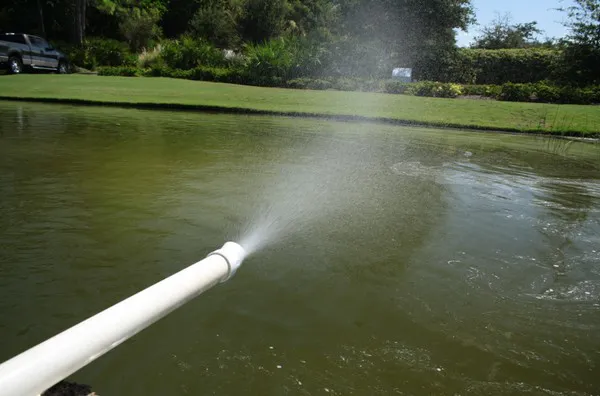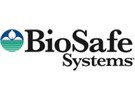Because water runs through every avenue of business it is important to treat water seriously from the get-go. Water management can promote or derail a successful operation, growers depend on it for hydration, nutrient circulation, pest control applications, and sanitization inside, and out. Yet in doing all these jobs, water also has a nefarious opportunity to accommodate harmful algae in water bodies, spread disease, breed harmful bacteria and fungi, and create safety hazards for employees. "As a main water source for contained environments and nurseries, it’s important that irrigation ponds are free of toxic algae and pathogens are under control before a small harm grows into a big problem," Eric Smith with BioSafe Systems says.

Effective and address the concerns borne
"As the starting line for plant health and food safety, the right solution for water storage ponds needs to be effective, the chemistry must acutely address the concerns borne and carried through an irrigation system. Products like GreenClean® PRO oxidize algae on contact for results you can see working instantly. This granular treatment protects irrigation ponds, canals, and reservoirs from a variety of filamentous and planktonic algae," Eric explains.
Whenever algae form it can cause damage to the water and the ecosystem it supports. "The smaller and shallower a pond is the easier algae will grow because the cells are photosynthetic and thrive in still, sun-lit water bodies. Irrigation ponds are frequently filled with rainfall, and often these ponds are packed with nutrients from fertilizer runoff, which contribute to algal growth."

Excessive weed and algae growth in an irrigation pond
First, excessive weed and algae growth in an irrigation pond complicate the drip irrigation system water treatment. "When effective algaecides aren’t implemented, these organisms can overload filters and clog emitters." .
Some non-chemical treatments include reducing the nutrient concentration in the pond to starve the algae or introduce plant life at the pond’s edge to compete for the nutrients. Eric adds: "Both these tactics can be effective at preventing future blooms, but they are a long-term solution. For instant gratification, on-site treatment of algae that allows growers to irrigate shortly after an application is available with GreenClean PRO."
The OMRI-Listed, NOP compliant chemistry contains a stabilized form of hydrogen peroxide that oxidizes algae to break down the enzymes and proteins that make up the threaded mats of green muck. "Plus, as GreenClean PRO is oxidizing algae, the process releases vital oxygen to the water body and the chemistry only produces non-toxic by products."
Early detection and diligent maintenance are the best practices for a secure water storage and circulation system. "Grower’s success often begins with water quality because of its elemental importance to the entire growth process; from beginning to end, indoor and outdoor. There are a lot of options for water treatment, but solutions must address the pathogenic problems without harming the natural balance of an aquatic ecosystem. Working with a clean chemistry like GreenClean PRO definitely provides a peace of mind for operations trying to achieve success and sustainability."

